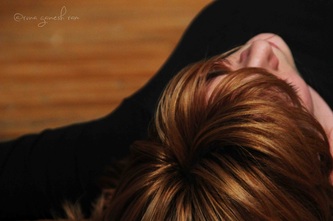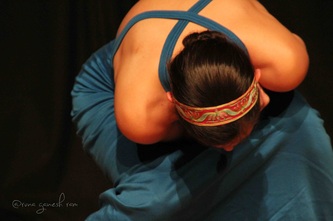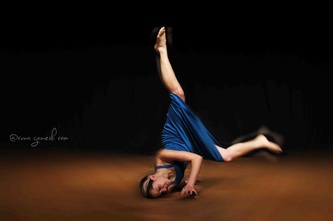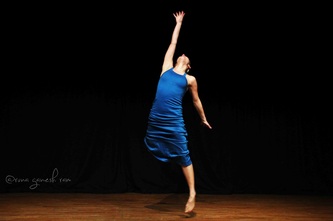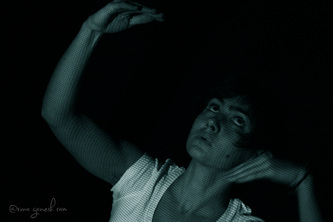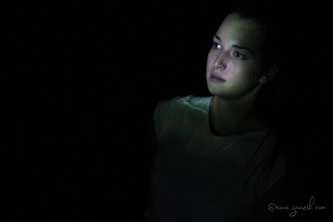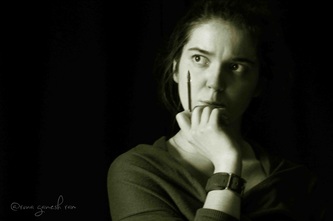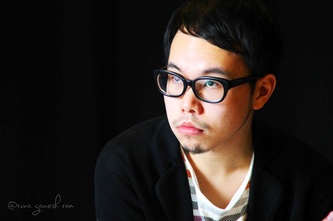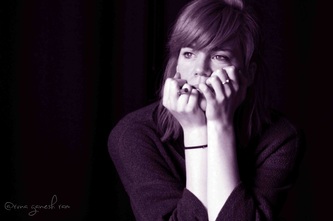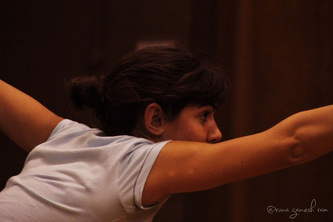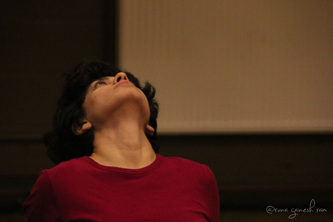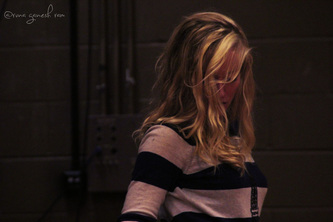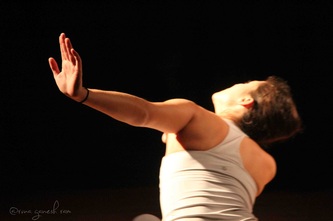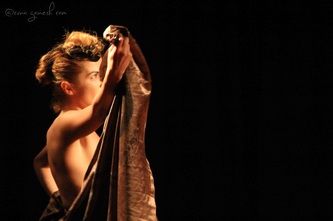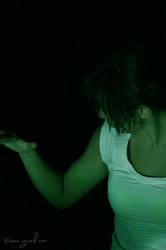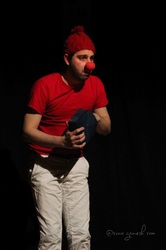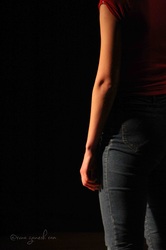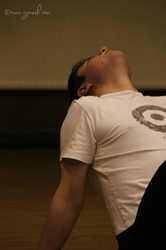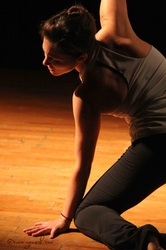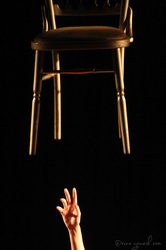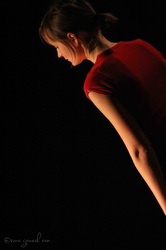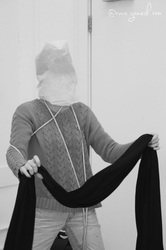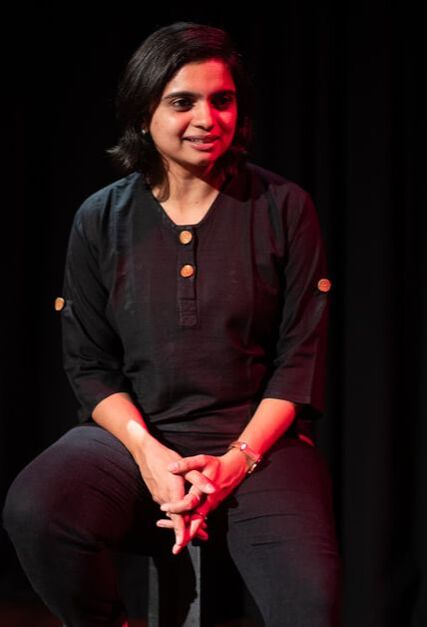"The performance is possible and gains a new sense of purpose only because of the audience" 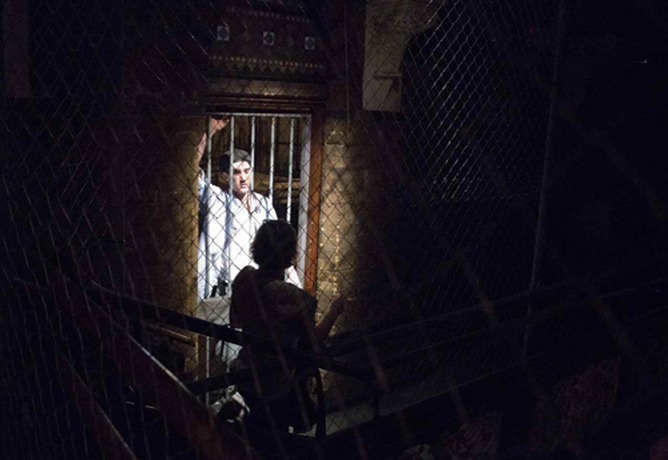 Re-creating the Shawshank experience - Photo by Creativesocialblog Immersive or participatory theatre is about designing your performance with active participation from the audience. The audiences' presence makes the play possible. Their actions give the play a new sense of purpose. A fortnight ago, I had the opportunity to be part of a re-creation of 'Shawshank Redemption', as part of London's Secret Cinema venture. This simply meant that I was a prisoner in Shawshank. I dressed like one and ate like one and was definitely treated that way too. The experience was questioning in many ways about how I truly felt through the experience and after its conclusion. We were asked to come dressed in formals, and wear our long johns under our clothes. I was sent for trial, where I was convicted of kidnap and sentenced to 8 years in prison. A prison bus drove us from one location to an abandoned school a few miles away. As soon as we got down, we were mocked at, guards yelled at us in their firm tones, commanding us and treating us like dirt. However, you know that everything you are going through is an act and you know for sure that you are safe. It's that willing suspension of disbelief that makes it or breaks it for you. At this juncture in life, I don't think I will ever be convicted for kidnap in reality. This was my chance to live a second life, though you may not really want to. We were sent into a common hallway, where we changed and everything was administered in a strict drill sort of fashion. We were led to our bunks, where prisoners also offered to sneak in beer and other eatables. Dinner followed, where we were given steel plates and served food in a rather harsh manner. A whole spoon full of baked beans was shoved into my mouth, against my liking. (I am allergic to baked beans, but the guards dint care) The atmosphere set was scary, strict and violent.Well, that's how jails are, at least from what we know of it from the movies we see. We were taken to recreation rooms, where I sketched and also made wax candles. Of course I was inducted into the library, where the jail warden pushed out books from all rows and it was my job to rearrange the whole bit. I did have my revenge. I stole the warden's shoes, as it happens in the movie ! We were then taken to the medical room and asked to consume some pills. The nurses at the counter refused to tell us what the pill was and almost forced us to take it. I took the pill, but did not swallow it and spat it out as soon as I left the room. At that precise moment, I felt like I was really a prisoner, breaking the rules and being sneaky. It was a realization of another sort. Was I really feeling violated and manipulated at that moment? Was my life really in someone else's hands? Was I really in jail ? Do I ever want to be in jail and be put through such treatment ? I also broke the rules, where I disobeyed the guards and created chaos. I was literally pushing boundaries and testing their patience. I know that if it were all real, I'd maybe be shot down by now, but it was rather interesting to see and feel the tension of the environment and be part of it. We also got to watch Shawshank Redemption at the end of it, to top it all. Plenty of beer was served and we were finally released into the real world !
1 Comment
Over the last three months, I have found great joy in clicking actors during performance. Looking at a performance through the lens is a very different experience. It's almost as if you frame what you want to see. The complaint however is that I am missing the bigger picture. The photos however tell the story, for now and forever. Here is a collection of photos of performers from the Advanced Theatre Practice at The Royal Central School of Speech and Drama. A big thank you to all of them, without whom these photos would have never happened.
"A starting point is a spring board you take off from to land on a platform of possibilities" 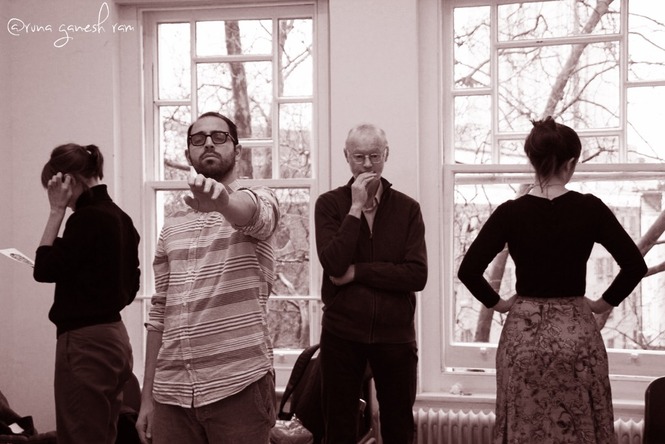 Often, we are in search of the Big Idea that will give us the significant edge. Let us for a minute think about the combined power of multiple ideas and what that means. In devising new work, starting points are critical. Not that they necessarily dictate how your work shapes up, but they give you an interesting direction by which new content may be generated. A starting point can be just about anything. It can be a word, an image, an event, a person or simply what's in front of you or outside the window. If your starting point is intangible or of the past, think about it, deeply. If it is tangible and of the present and available with you or near you,observe it, keenly. In the process of observation or thought, it is important to be able to document in detail what you are going through. Once documented, make informed choices about priorities within the set of documented ideas, events and thoughts. An important aspect hereon is the conversion of thought to action. A series of such constructed actions by multiple members will open up a variety of ideas. The complementing or contrasting themes that emerge between team members can be explored to create interesting narratives or sketches. In a recent workshop with Head of a Woman, a London based international theatre collective, my starting point was established as a date. I had to detail out the events of a certain 21st of October in 2002. Coincidentally, it was the year I started pursuing theatre and in all probability, I would have been rehearsing my one line part in Twelfth Night. Detailing out this day set the base for my work. The performance at the end of the week long workshop had nothing to do with 21st October, but the starting point defined and directed the work in a particular direction. We ended up devising a promenade theatre piece that was a game in which the actors alone knew the rules. A different starting point every week and content generated in this direction will essentially leave you with a pile of material to choose from and play around with. Once you get started, you will need to couple your working methods along with certain performance directives. These are tools that will enhance your work and enable you to look at your work differently. A directive can be anything from tossing a coin to make decisions or to look at news paper images and relate your work to that. Devising is interesting because it lets performers think about themselves, their lives and their actions. People on stage are no more merely giving away lines from a script they recently got familiar with, but living a moment that they created with a certain objective. This raises the stakes, for all those involved, be it the audience or the performer.Devised work ends up being more precious for the performers, since they made every bit of it, from scratch - from that very word - 'starting point'. |
Archives
March 2020
Categories
All
|


